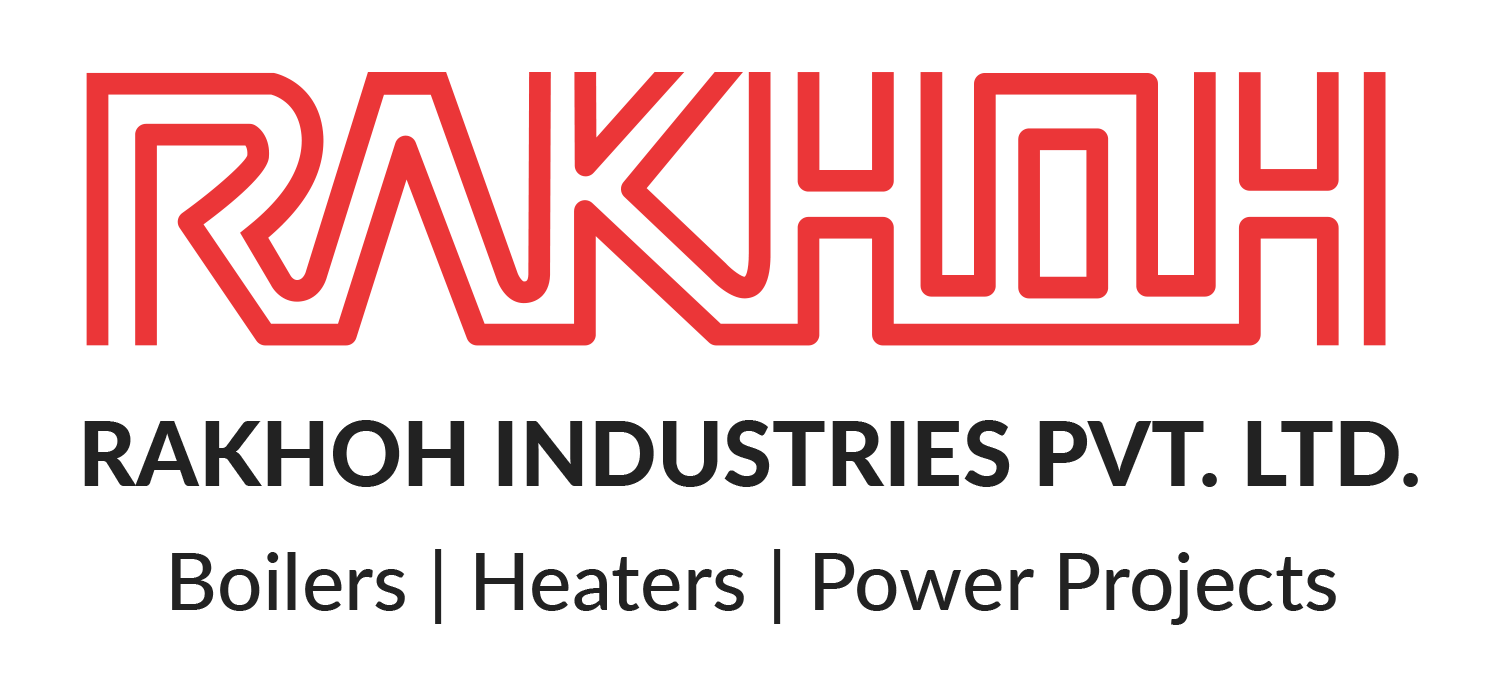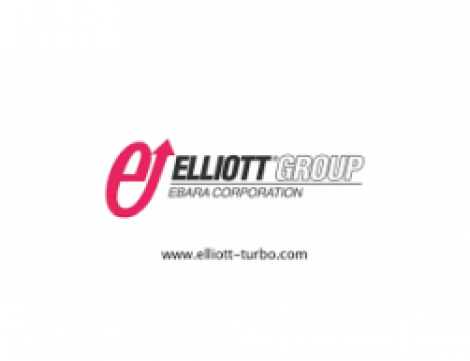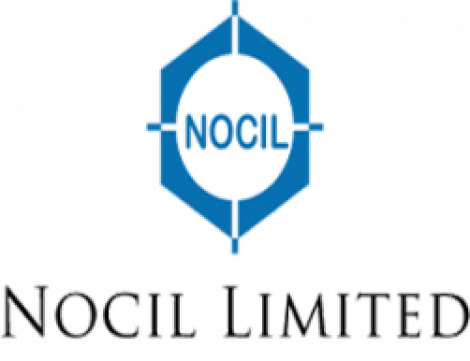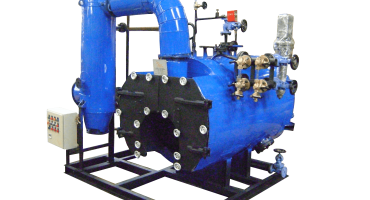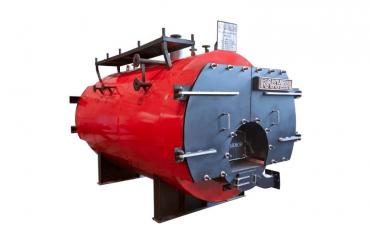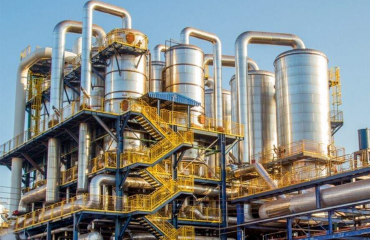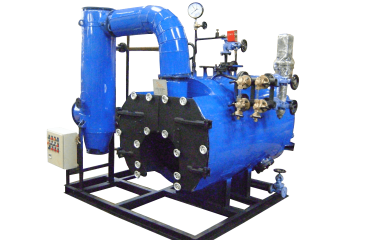Steam Boilers are integral for processing operations. It is necessary to ensure that the boilers are functioning efficiently. Steam boilers are expensive and operate in process plants for decades. Regular boiler maintenance is vital for optimal productivity and preventing any mishap caused by damaged components of steam boilers. Boiler retrofitting increases the overall efficiency by introducing new technology, components, or equipment in an older boiler system. Boiler retrofitting is beneficial to the industries as it enhances efficiency and productivity through advanced technology that is less expensive than replacing the steam boiler with a new system.
What is Boiler Retrofitting?
Boiler retrofitting introduces new and advanced technology for accelerating the efficiency of the steam boilers and allowing enhanced operations in process plants. Since boiler systems are expensive to replace frequently, boiler retrofitting is a prudent alternative to meet the needs of the industry with all the advanced facilities available. Steam boilers are pressure vessels that require frequent maintenance. If overlooked, it may lead to hazardous consequences for the process plant and personnel. Boiler components are difficult to procure if the steam boiler is too outdated and not manufactured any longer. In such cases, boiler retrofitting provides an economical solution compared to replacing the boiler system entirely.
Signs that Indicate Boiler Retrofitting:
Although boiler retrofitting is less costly than replacement, it does lead to investing a significant amount to accomplish it. Plant managers look for a considerable reason before opting for boiler retrofitting. Some of the primary reasons include,
Condition of the Steam Boiler:
One of the vital indicators of boiler retrofitting is the overall condition of the steam boiler. Components such as boiler shells, furnaces, and tubes must be thoroughly inspected to determine the requirement of retrofit. If regular inspection shows fewer signs of corrosion, scaling, or pitting, then the boiler does not require retrofitting in the immediate future.
The Capacity of the Boiler System:
The requirement for boiler retrofitting is determined by comparing the boiler capacity at present to its capacity when it was installed. If the steam per hour capacity is vastly different from when the boiler was new, it indicates boiler retrofitting.
Operating Pressure and Temperature:
If the steam boiler is unable to maintain the proper operating pressure or operating temperature, it indicates the requirement of boiler retrofitting.
Fuel-to-Steam Efficiency:
One of the effective ways to determine boiler efficiency is to compare the fuel consumption to the steam generated. If the boiler system utilizes more fuel but produces lesser steam, it indicates the need for boiler retrofit to achieve the optimum outcome.
Age of the Boiler System:
Although the overall boiler condition is an important factor to decide for retrofitting, the age of the boiler also plays a vital role. If the boiler is past its peak, it would require replacement. However, boiler retrofitting is beneficial if the boiler is not too old to restore the fine-tuning for improved performance.
Advantages of Boiler Retrofitting:
Boiler retrofitting offers an extensive benefit for hassle-free and profitable operations in process plants. Some of the major advantages of boiler retrofitting are,
Fuel Savings:
As the overall efficiency of the steam boiler is a crucial factor in determining the requirement of boiler retrofitting, it can be easily concluded that retrofitting would lead to saving of fuel and energy. Depending on the type of boiler retrofitting, it offers energy efficiency of up to 10% to 12%
Improved Performance:
Boiler retrofitting not only saves fuel but also enhances the performance of the various components of the steam boiler. For instance, improvement of steam quality or maintaining a better operational pressure or temperature range accelerates the overall performance of the boiler.
Cost Savings:
Similar to saving fuel and energy, boiler retrofitting also saves a substantial cost. The expense of retrofitting a boiler is relatively low as compared to purchasing a new boiler system. Additionally, boiler retrofitting requires less time than delivery and installation of a new steam boiler.
Reduced Pollution:
One of the primary advantages of boiler retrofitting is a reduction in pollution and greenhouse emissions. It is particularly beneficial for industries that face higher emissions during their process operations. Regardless, reduced greenhouse emission helps protect the climate and health of the people in the vicinity of the processing unit.
Advanced Technology:
Boiler retrofit benefits the industry with the latest development in technology to accelerate their productivity. Automated control, high-quality materials, better design are some of the examples that lead to efficient operations.
Boiler Retrofitting by Rakhoh Boilers:
With more than 38 years of expertise and experience in thermal solutions and integrated Engineering, Procurement, and Construction (EPC) services, Rakhoh is an excellent choice for boiler retrofitting. We retrofit the system with comprehensive boiler solutions that reduce fuel costs and greenhouse emissions.
Rakhoh’s Boiler Retrofitting Services Include:
- Boiler Upgrades for Efficiency and Operational Improvements
- Biomass Co-firing and Conversion
- Combustion System for Primary Nitrogen Oxide (NOX) control or change of fuel
- Secondary NOX control
For more details on products and services, visit www.rakhoh.com
